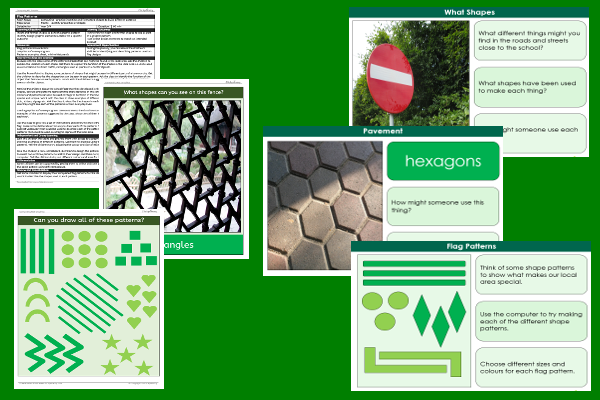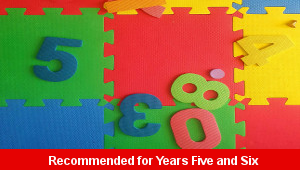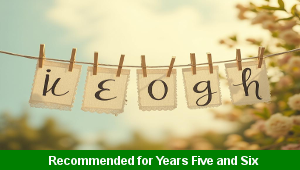Home > Key Stage Two > Computing > Town Flag
Lesson Three – Flag Patterns

This computing teaching pack for Key Stage Two gets the children to investigate and record how to insert and format some special shapes to build different patterns that might be seen in locations around the local area.
The class can identify and describe some of the shape patterns that might be seen in different objects found in the school’s neighbourhood such as on fences and pavements.
Download this teaching pack including a lesson plan, classroom activities and an interactive presentation to investigate and record how to insert and format some special shapes to build different patterns that might be seen in locations around the local area
Activities in this teaching pack include display posters to identify and describe some of the shapes that can be seen in different objects around the local area and a worksheet to practise drawing examples of different types of patterns that can be seen in locations close to the school.
The interactive presentation can be used to explore how to insert and format shapes to build different patterns that might be seen around the local area.
This lesson is part of a computing scheme of work to get the children to investigate and practise how to create different graphic shapes that can be utilised when producing a flag representing the local community. There are teaching activities for shared learning, differentiated worksheets to support independent learning and interactive presentations to introduce concepts and key skills.
-

Digit Combinations
Practise building and comparing a range of numbers by combining and matching sets of digits with different number values
-

Letter Strings Words Sums
Learn the meanings and practise spelling words with common letter strings to work with when composing example sentences on different topics and themes
-

Town Flag
Investigate and practise how to create different graphic shapes that can be utilised when producing a flag representing the local community
-

Three Digit Values
Investigate and compare the place value of the matching sets of digits in numbers to one thousand to indicate their hundreds, tens and ones values
